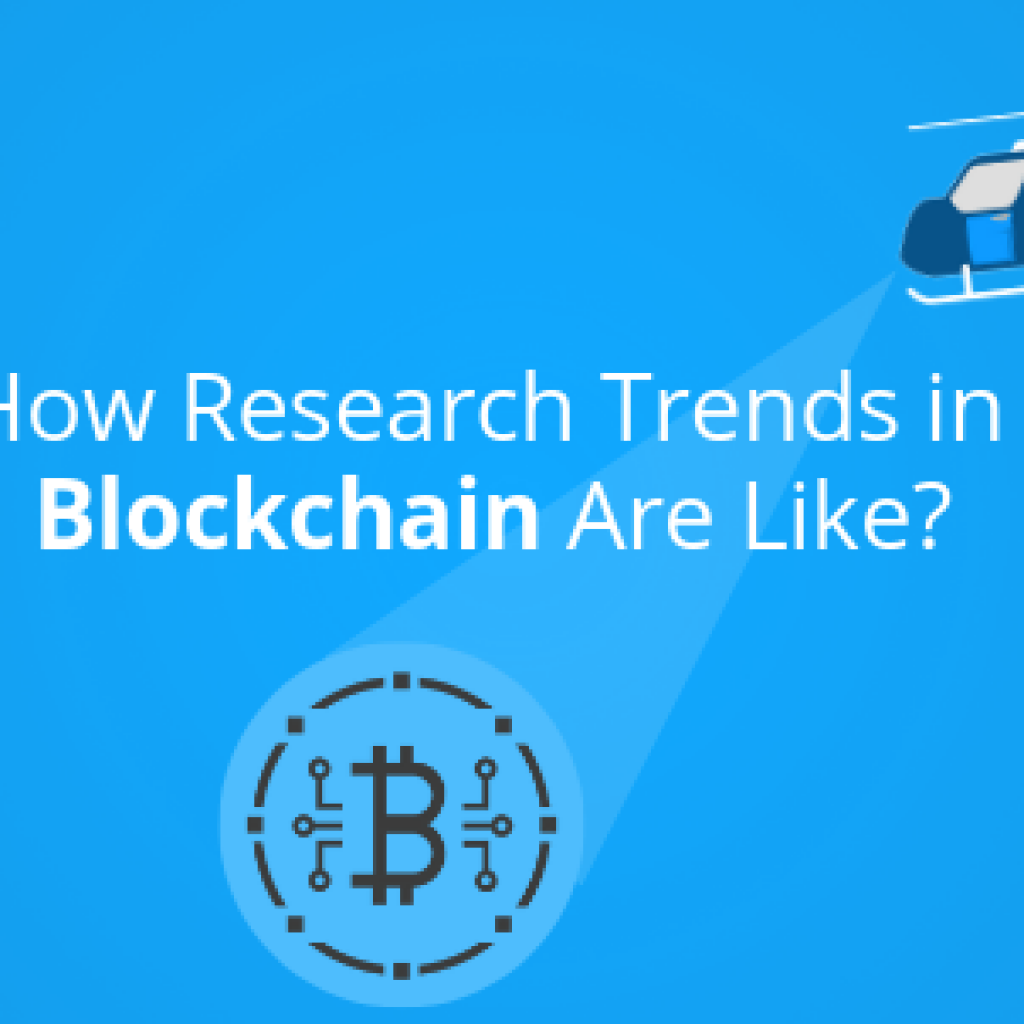I have always imagined C-level executives seated on a giant throne, with an invisible crown made of gold and diamonds, donning a three-piece cashmere suit, the modern equivalent of a silk robe; a Rolex in one hand and infinite power to change things around in another, strategizing with their army of knights, plans, to get an upper hand in the array of battles they’re fighting.
The C-suite always came across as the force to reckon with- Influential, Powerful Strategists with amazing Decision-making capabilities that would churn gains for their organizations. Awed by the magnificence of their roles, it least occurred to me that the thrones that appear so spectacular to me, could be made of thousands of knives and swords.
An Iron Throne. Magnificent, yet Spiky.
The one that came with its own set of flesh-piercing barbs, which inflicted wounds, normal folks like you and me had no idea about.
Throne talks apart, it never ideally crosses our mind the kind of problems C-suite executives face, especially the ones working in a large organization.
“They have problems too?”
That was exactly the question that crossed my naive mind when I read the very first sentence of a LinkedIn post authored by my Amazing colleague Abhinav Aneja, in his very first post on LinkedIn apparently.
This delightful piece, with a hint of cuss words and a couple of Game of Thrones references, gives a straight forward peek into the problems and challenges C-Level executives face, as noticed by Abhinav in his tenure as an IP solution guy.
Also, at the end of his piece is an amazing Pearl of wisdom that Chakshu (Director at GreyB) shared with Abhinav, words so wise, an image of a beautiful crown placed on Chakshu’s head crossed my mind.
Ah! These C-suite People.
Crown talks aside, when we first came across this piece this morning, we knew it deserved more eyeballs and with Abhinav’s permission, we published his original post below, with a couple of edits here and there.
Enjoy Reading!
Today, I am going to share my experience working with C-level executives in big-ass corporations. Or better – I am going to share the most common challenge these guys are facing. Let me tell you before we begin – it is so obvious, that you might just say you already knew!
Background first, because a great writer once wrote – “You need to build the aura, let them sink in, and then drop the mic!” This isn’t what Olenna Tyrell did though – oh, she slayed Jaime like hot knife through butter, and she escalated really quickly!
Ok. <Sigh>
Let’s come back from that fictitious world of Game of Thrones and talk about the world we live in today.
So lately, technology has reached inside our pockets. Like, it is freaking amazing how a small device with an app can detect my location, find a cab, map out the route and make payment to the driver from a wallet (also within my phone) in a matter of clicks. It is such a convenience.
A couple years ago – I had to call up the driver and he would show up after half an hour, or more if he is away, and I had to help him with directions on every turn every corner – if I had to do it today, it would be so frustrating.
This is just an example. What I actually want to say is that “technology has programmed our brains in a way that we need everything in a matter of clicks”.
From food to insurance policies, everything is available in clicks. So, I figured “we have lost our ability to wait without feeling a little edgy“. This is what technology has done to us. On a subconscious level, it has decreased our patience threshold. (Am I wrong? Tell me in the comments section.)
Let me give you a few examples from my day-to-day experience to build this point up.
If I press a button and the camera takes 2 or more seconds to fire up, it makes me edgy (for those 2 seconds).
If I take a screenshot and want to send it via email to my colleague, and the whole process makes me wait for even a few seconds before the options to share the screenshot appear on the screen, I stare at the screen and curse the damned processor. (I honestly do it, you should hear me cursing – I am good at it!)
Here’s more – If I say “OK google, I wanna go home can you book an Uber for me?” and that gives me some search results or an option to open Uber app on my phone, that’s eh *pause* not exactly what I want. It should technically know my preferences, book an Uber on a single tap and send me a notification that the driver is arriving in 5 minutes. I just wanted to add this example so the guys at Google do something about it – I am sure they are working on it (Additional burn – Siri can do it in 2 clicks)
Bottom Line Up Front (BLUF) again – “We have lost our ability to wait without feeling agitated”.
And this is a common ground that I found with a lot of C-level executives.
And here’s the thing – these executives won’t share this as a problem to their vendors or support providers or consultants! They simplify it, cover it up in very specific business questions like –
- “I want to know what my competitors are doing – can you run a research on company X and Y, report if there’s something new coming up that we should be aware of” or
- “I think that company Z could be a threat in the future, can you find out if there are any patents they can use to stick it to us?” or
- “I need to talk to the research team about the quality of our assets and make improvements, are there any weak areas in our portfolio?” or
- “So, that troll is a pain in everybody’s neck these days – I wonder if they are going to sue us again over something else?”
Of course, these problems are real and they are looking for good and reliable answers, but do you know what is common and is hidden in all these problems?
Finding answers to these questions takes time and it makes them wait! Waiting is the real problem.
They have access to all the data in the world, yet they have to resort to consultants and support vendors to find these answers for them. Makes them feel helpless for those weeks when they are waiting for the consultants to respond with concrete reports.
These C-level executives – what is their work-life like?
MAKING STRATEGIC DECISIONS (wow, this is the least number of words I ever used to explain what their work is!)
To make these strategic decisions, they need Data-Driven-Decision making capabilities.
With growing opportunities to collect and leverage digital information, many managers have changed how they make decisions. Business executives have now started relying less on intuition and more on data. This should not come as a surprise, but has the market actually moved onto Data-Driven-Decision making (DDD)?
The rate of adoption of DDD is uneven, and there is a long road ahead.
Jim Barksdale, the former CEO of Netscape once quipped: “If we have data, let’s look at data. If all we have are our opinions, let’s go with mine.” This has been a common mentality that has been seen driving major management decisions over the last decade. And the reasons are simple. Outdated IT infrastructure, distributed (inaccessible) information over large organization, and lack of awareness among employees are the major reasons why managers had to resort to intuition or gut-feeling when they took decisions.
It would be highly inappropriate for me to say that high profile people don’t know when or how to derive a conclusion. It is also not that they have limited knowledge about data points which, if made available to them at the right time, can help them in taking better decisions ‘quickly’.
So, what is the reason behind this problem?
The reason, what we figured, is that even if they have all the data in the world, they cannot use it right away because it is not structured enough; or that it is not readily available at the right time; or that it is distributed across different offices or different people; or those 100 other reasons why the data is not directly usable for quick decision making!
Just recently, I was talking to Chakshu (one of the Directors at GreyB) and he said – “Being the solutions guy at GreyB does not mean you have to pitch and sell the services to solve problems that everybody else is solving – instead, you should be more focused in understanding the real problems of our clients, problems that they do not tell us upfront, problems that are hidden so deep that everybody else overlooks them.
You know how you can unlock that area?
Let me tell you how…”
Wait, No. I will stop here. Because what he said next is the secret sauce! <Wink>
Any guesses on the secret sauce part? Chime in the comments section and let us know your thoughts.
Recommended Read: Problems can be solved easily if looked at from a different perspective. In this amazing post, Deepak Syal, Director at GreyB offers a unique yet effective perspective to Problem Solving. Want to figure better solutions to a problem? This post will be your guiding light.
Here is the link – https://www.greyb.com/effective-problem-solving/









